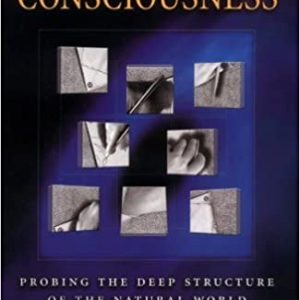Overview
This popular practitioner guide and course text takes the reader step by step through diagnostic decision making in mental health. Acclaimed for both the clarity of his writing and his clinical expertise, James Morrison provides principles and decision trees for evaluating information from multiple sources and constructing a valid, clinically useful working diagnosis. More than 100 vivid vignettes–from the straightforward to the toughest cases–illustrate the practical application of these methods. Essential topics include developing a differential diagnosis and dealing with comorbidity.
New to This Edition
*Revised throughout for DSM-5.
*Updated resources and suggested readings.
See also Morrison’s?DSM-5? Made Easy,?which explains DSM-5 diagnoses in clear language, illustrated with vivid case vignettes;?The First Interview, Fourth Edition,?which presents a framework for conducting thorough, empathic initial evaluations; and?The Mental Health Clinician’s Workbook,?which uses in-depth cases and carefully constructed exercises to build the reader’s diagnostic skills.
Product Details
| ISBN-13: | 9781462513567 |
|---|---|
| Publisher: | Guilford Publications, Inc. |
| Publication date: | 02/07/2014 |
| Sold by: | Barnes & Noble |
| Format: | NOOK Book |
| Pages: | 322 |
| Sales rank: | 674,276 |
| File size: | 3 MB |
About the Author
Table of Contents
Introduction
I. The Basics of Diagnosis
1. The Road to Diagnosis
2. Getting Started with the Roadmap
3. The Diagnostic Method
4. Putting It Together
5. Coping with Uncertainty
6. Multiple Diagnoses
7. Checking Up
II. The Building Blocks of Diagnosis
8. Understanding the Whole Patient
9. Physical Illness and Mental Diagnosis
10. Diagnosis and the Mental Status Examination
III. Applying the Diagnostic Techniques
11. Diagnosing Depression and Mania
12. Diagnosing Anxiety, Fear, Obsessions, and Worry
13. Diagnosing Psychosis
14. Diagnosing Problems of Memory and Thinking
15. Diagnosing Substance Misuse and Other Addictions
16. Diagnosing Personality and Relationship Problems
17. Beyond Diagnosis: Compliance, Suicide, Violence
18. Patients, Patients
Appendix. Diagnostic Principles
Interviews
Psychiatrists, clinical psychologists, clinical social workers, psychiatric nurses, and counselors working with adults; graduate students and residents. Serves as a text in graduate-level courses that deal with psychiatric diagnosis











